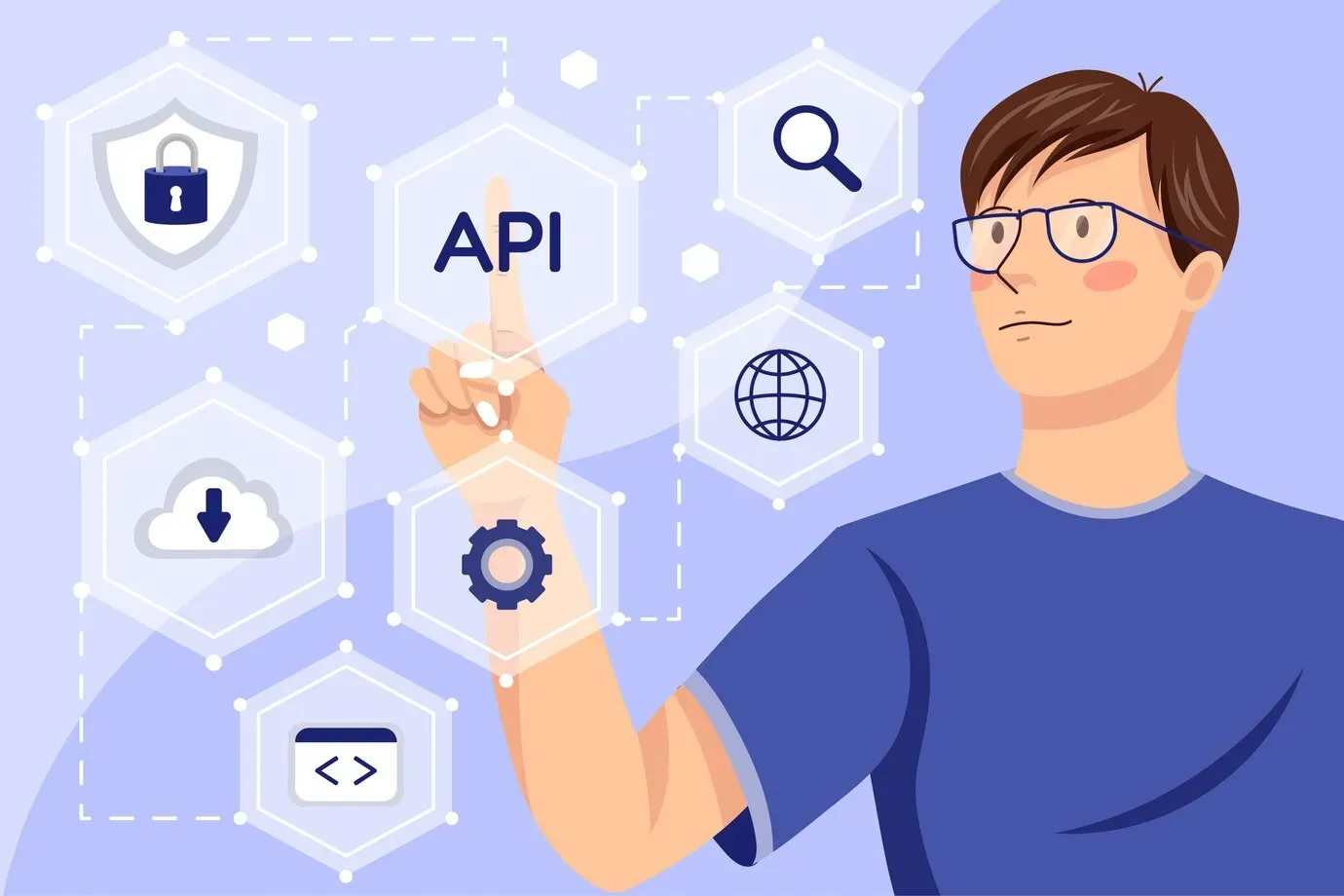
In today's digital age, client satisfaction is critically important to the success of any software product. Generally, users want a seamless experience that exceeds their expectations, in addition to functional perfection.
Non-functional testing, which is sometimes disregarded in favor of functional testing, comes into play here. In this article, we will take a look at how non-functional testing, especially API testing, may help to ensure user happiness.
The Vitality of Nonfunctional Testing
Typically, non-functional testing examines features of a software program that are not related to its core functioning. It moreover includes several factors such as functionality, safety, usability, scalability, and dependability. Non-functional factors that are ignored could contribute to user displeasure and, in extreme circumstances, even application failure.
API Testing: A Non-Functional Testing Foundation
APIs (Application Programming Interfaces) have evolved into the very foundation of modern software programs. They let various software components and systems to connect and interact with one another. API testing, a type of non-functional testing, assesses these interfaces' performance, security, and dependability. Here's how API testing helps with customer satisfaction:
1. Performance Enhancement
API testing ensures that APIs operate smoothly and react to queries in a timely manner. Slow or unresponsive APIs might cause poor application performance, which can irritate users. API testing aids in the identification of bottlenecks and the optimization of response times, resulting in a more pleasant user experience.
2. Availability and Dependability
Users want apps to be available 24 hours a day, seven days a week. API testing validates API stability and availability, decreasing downtime and eliminating service disruptions that can erode customer trust.
3. Data Protection
Additionally, APIs also frequently deal with sensitive user data. API testing assesses the security procedures in place to secure this data, thus preventing breaches that might endanger users and ruin the application's reputation.
4. Flexibility
Typically, as the number of users increases, apps must scale to meet the additional load. API testing significantly guarantees that APIs can manage various amounts of traffic without degrading performance, further allowing the application to grow in tandem with its user base.
5. Adaptability
Clients utilize APIs in a variety of ways, including web browsers, mobile applications, and even third-party integrations. API testing guarantees that APIs are interoperable with various client types, thereby eliminating errors caused by client-specific differences.
6. Handling Errors
Errors do occur in applications from time to time. API testing evaluates how APIs handle problems, further assuring that error signals are clear and that the software can smoothly recover from unexpected scenarios, hence reducing user aggravation.
7. Observance
Lastly, certain sectors and areas have distinct data protection and privacy legislation. API testing primarily ensures that APIs are in compliance with these standards, reducing the chance of legal complications and fines.
Continuous Testing and DevOps
API testing must be integrated into a DevOps pipeline to ensure high user satisfaction. Continuous testing guarantees that non-functional issues such as API performance and security are evaluated at all stages of the development lifecycle. This method finds and fixes issues early on, lowering the risk of user-facing difficulties.
API Testing: Best Practices for User Satisfaction
- Test Environment Simulation: In your API testing environment, simulate real-world scenarios. To discover possible performance bottlenecks, simulate various network circumstances, load levels, and user situations.
- Security Testing: Conduct comprehensive API security testing, including authentication, authorization, encryption, and data validation. To protect user data, adopt industry-standard security methods.
- Monitoring and Alerting: Implement real-time API monitoring in production. Set up warning systems to detect anomalies and respond quickly to avoid service outages.
- Load and Stress Testing: Load and stress testing should be performed to assess how APIs operate under large loads. This guarantees that the program can tolerate surges in traffic while still providing a responsive user experience.
- Error Handling Tests: Run a variety of error scenarios to confirm that APIs deliver informative error messages and handle exceptions gracefully. Users value clear and useful error feedback.
- Scalability Evaluations: Assess API scalability by progressively increasing load and monitoring performance indicators. As the number of users grows, ensure that the program can scale seamlessly.
- Performance Tuning: Performance tuning entails continuously monitoring and optimizing API performance in response to real-world usage patterns. Address performance bottlenecks as soon as possible to avoid user discontent.
Summing Up
The ultimate measure of an application's success is user pleasure. Non-functional elements, such as API performance and security, can irritate users and destroy faith in the program. As a vital component of non-functional testing, API testing guarantees that the program satisfies user expectations in terms of performance, stability, and security.